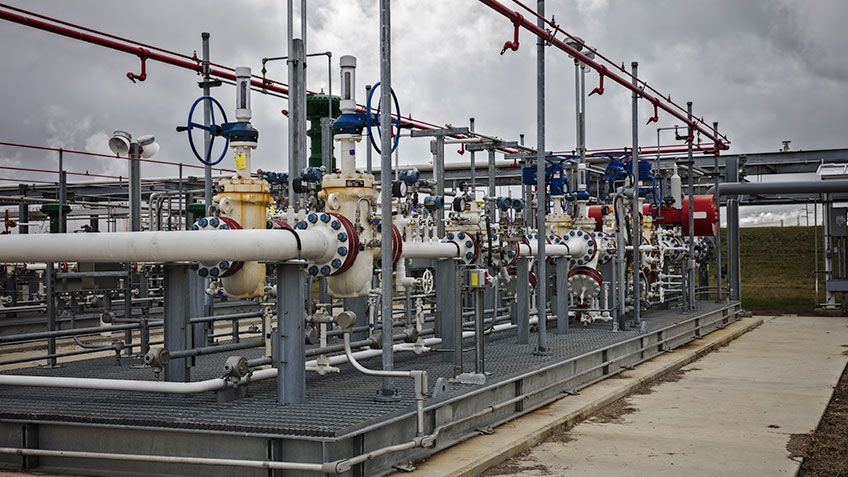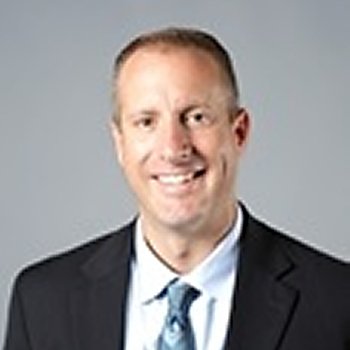Recommended For You
Today, oil and gas producers are transitioning from simplistic single-well pad fields to more complex multi-well pads.
While multi-well pads have a variety of benefits, the increase in size and scope has created a new challenge – much greater data and control requirements. These new requirements are putting new pressures on producers to maintain data integrity and accuracy.
Breaking Traditions
Maintenance costs, scalability and data/measurement capabilities have pushed traditional RTU technology to their limits.
Each well in a multi-well pad requires artificial lift, equipment control, flow measurement and level measurement. This creates more control and data acquisition demands than a traditional, single RTU can handle. To tackle this, producers need to purchase additional RTUs to spread control across multiple units. But there are challenges with this approach:
- Multiple RTUs can create a “birds’ nest” for producers – requiring maintenance of multiple application configurations and programs, complicating communication management.
- The use of multiple vendors’ hardware can limit SCADA communication, complicate integration and make training practices more difficult
- “Black Box” RTUs, designed with specific inputs and outputs, limit flexibility for changing or upgrading systems and create service and support challenges
Operators and managers, that have experienced common RTU issues, can find better solutions in modular and scalable, single-control platforms, such as programmable logic controller (PLC) technology.
Single Platform Success
Modular: With multi-discipline control, PLCs can be configured in different ways, enabling control of a wide variety of field instruments. Operators can achieve normal automation of well pads, as well as combined process and discrete control, with one system that also supports communication for many different network types.
Scalable: PLCs offer predefined libraries and code that can be added instantly and configured on-site, making it easier to add new hardware and scale for new wells. This minimizes the need for technicians to write new codes when hardware is added, which helps to eliminate downtime and decrease spending.
Furthermore, advanced modules, such as an in-chassis oil and gas flow computer, achieve required measurement standards within the control architecture. This allows producers to have one architecture for control and measurement without requiring any licensing fees and eliminating the challenging effort to integrate multiple vendor products.
Data Control and Integrity: Any time data moves from one system to another, integrity is at risk. With integrated infrastructure solutions like the ProSoft Technology flow computer module and Rockwell Automation control platform, producers can help guarantee the integrity of their data because:
- Control data and flow data from the module can be kept in its native format and it doesn’t need to be aggregated.
- The solution is capable of a more granular level of data – providing information down to the millisecond – to support industry measurement standards and help ensure data accuracy at custody transfer.
- It supports larger-scale measurement from larger meter runs. The flow computer from ProSoft technology operates as a coprocessor to the Rockwell Automation control platform, supporting larger-scale measurement.
- Embedded remote I/O functionality allows for control of the complete operation and insight to measurement/data, from a mobile device.
Control and Measurement Simplified
Multi-well pads have made data and application requirements in upstream operations greater than ever. However, with data coming in from multiple locations, it is important to have the ability to manage it in one system and manage it properly. Modular and scalable PLCs are capable of handling the scalable architectures required by modern well pads and easily integrate with other systems, such as flow modules. Moving to a single solution allows for enhanced data integrity, improved scalability, and reduced installation times and costs.
Learn more here.
This blog was co-authored by Erik Syme, director of program management, ProSoft Technology, an Encompass Partner within the Rockwell Automation PartnerNetwork.
Encompass and PartnerNetwork are trademarks of Rockwell Automation Inc.
Published June 14, 2019


